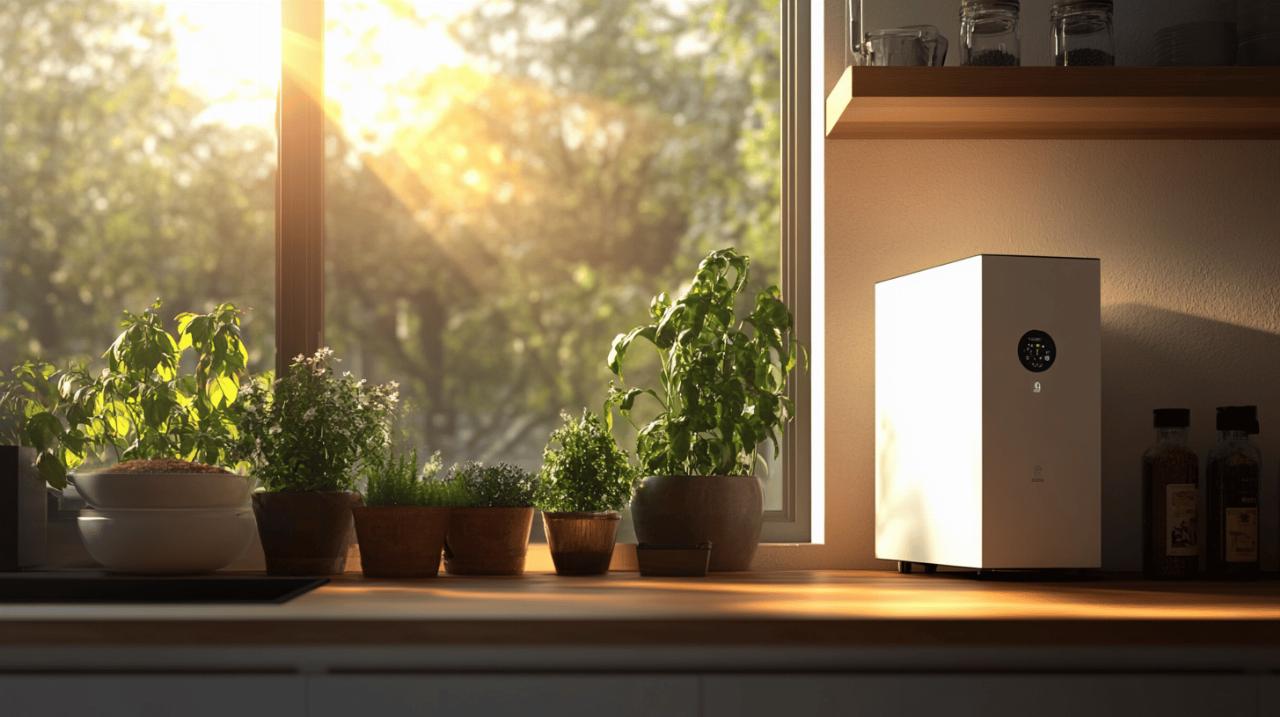Selecting the right boiler for your home is a crucial decision that impacts your comfort, energy bills, and environmental footprint. With numerous options available on the market, homeowners often find themselves overwhelmed by technical specifications and industry jargon. This comprehensive guide aims to simplify the selection process by focusing on the essential factors you need to consider before making this significant investment in your home’s heating system.
Understanding different boiler types
Combi, system and regular boilers explained
The foundation of any informed boiler choice begins with understanding the three main types available. The heating specialists at Kamerolli recommend evaluating your property’s specific requirements before deciding on a particular model. Combi boilers have gained popularity in recent years, particularly for smaller properties, as they provide hot water directly from the mains without the need for storage tanks. This space-saving solution delivers hot water on demand and offers high energy efficiency, though it may struggle during periods of high water usage when multiple taps are running simultaneously.
System boilers represent a middle-ground option, requiring a separate hot water cylinder but no cold water tank in the loft. These units are particularly well-suited for homes with multiple bathrooms, as they can supply several taps with hot water at once without significant pressure drops. The storage capacity ensures a consistent supply even during peak demand times, making them ideal for larger households.
Conventional or regular boilers are the traditional choice, working with both hot and cold water storage tanks. While they take up more space in your property, they excel in homes with older heating systems and can efficiently meet the hot water demands of larger properties with multiple bathrooms. These systems are particularly beneficial in areas with low water pressure, as the stored water can be delivered at higher pressure than the incoming mains supply.
Efficiency ratings and what they mean
Energy efficiency stands as a primary consideration when selecting a modern boiler. Most contemporary models are condensing boilers, designed to capture and reuse heat that would otherwise escape through the flue. When examining efficiency ratings, look for A-rated condensing boilers, which typically convert more than 90% of their fuel into heat, compared to older models that might operate at just 60-70% efficiency.
These efficiency improvements translate directly into cost savings on your energy bills. Replacing an old, inefficient boiler with a new A-rated condensing model equipped with a programmer, room thermostat, and thermostatic radiator controls can significantly reduce your household expenses. The actual savings depend on various factors including your property size and current energy usage patterns, but the investment typically pays for itself over the boiler’s lifespan, which commonly extends to 10-15 years with proper maintenance.
It’s also worth considering future-proofing your heating system by exploring compatibility with renewable energy sources. Some modern boilers can work alongside solar thermal systems or be adapted to use bio-oil mixes, potentially further reducing your carbon footprint and preparing your home for evolving energy standards.
Sizing your boiler correctly
Calculating your home’s heating requirements
Determining the appropriate boiler size involves a detailed assessment of your home’s heating requirements. This calculation takes into account multiple factors including the total room area, number and size of radiators, doors, windows, and the quality of insulation throughout the property. A comprehensive heat loss calculation provides the foundation for selecting a boiler with sufficient output to maintain comfortable temperatures during the coldest months without wasting energy through oversizing.
Many homeowners make the mistake of believing that a larger boiler will automatically provide better heating performance. However, an oversized boiler can actually lead to inefficient operation through frequent cycling on and off, increased wear on components, and unnecessary energy consumption. The goal is to find the Goldilocks zone where your boiler has enough capacity to meet peak demand without excessive capacity that remains unused.
Professional heating engineers typically conduct a thorough assessment of your property to determine the optimal boiler size. This evaluation considers not only the physical dimensions of your home but also lifestyle factors such as typical occupancy patterns and hot water usage habits. This personalised approach ensures your new heating system aligns perfectly with your specific requirements rather than relying on generic recommendations.
Matching boiler output to property size
As a general guideline, typical residential boilers range in output from 5 to 35 kilowatts (kW), with the appropriate size varying based on property dimensions and hot water demands. For instance, a standard two-bedroom house typically requires a boiler with an output between 24 and 30 kW. When an additional bathroom is present, this requirement might increase to 30-35 kW to accommodate the higher hot water demand.
Different property types have distinct heating profiles that influence the ideal boiler choice. For a three-bedroom semi-detached house, a storage combi boiler often provides the best balance of space efficiency and performance. Meanwhile, larger four-bedroom properties typically benefit from conventional boilers that can consistently meet the substantial hot water demands of multiple occupants. Three-bedroom terraced houses, with their more compact footprint, frequently find compact combi boilers to be the most suitable option.
For system and conventional boilers, which work with stored hot water, sizing should primarily reflect the heating demand rather than hot water requirements. Conversely, combi boilers must be sized according to hot water demand since they produce it on demand without storage. This distinction highlights the importance of considering your household’s water usage patterns when selecting between different boiler types and capacities.
Fuel type availability also plays a crucial role in your boiler selection. While mains gas remains the most common fuel source in the UK, properties without gas connections might consider oil-fired boilers, biomass systems for eco-conscious homeowners, or electric boilers like the Vitotron 100 which provide an efficient solution for buildings without gas access. The Vitodens family of gas condensing boilers has become a bestseller due to their reliability and efficiency, demonstrating the continuing popularity of gas as a heating fuel.





